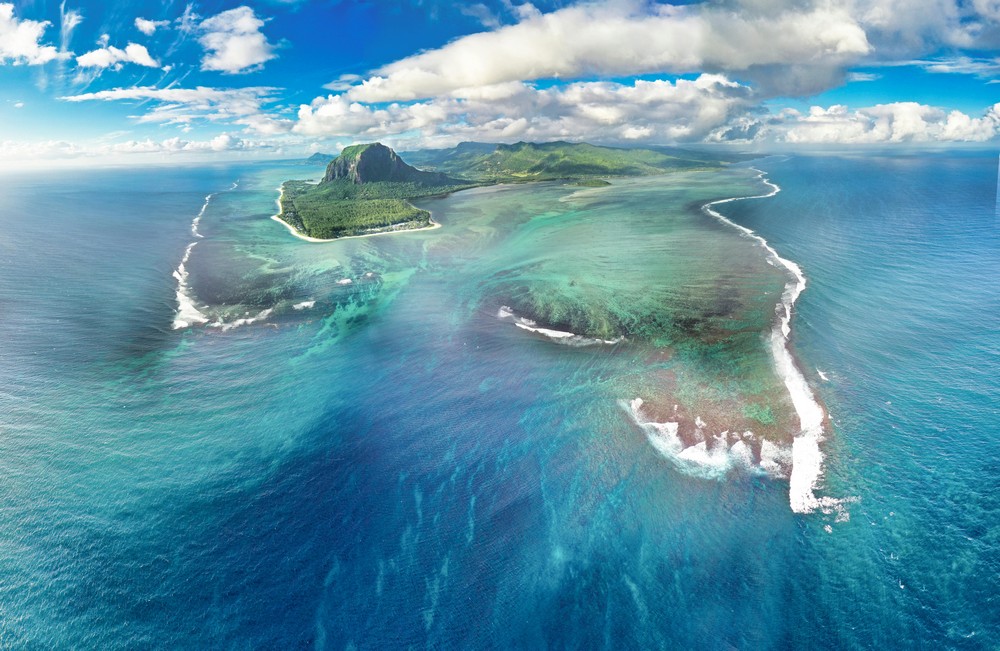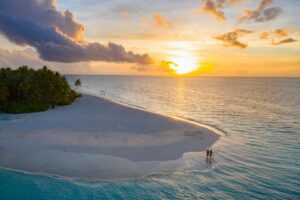Mauritius, an exploration like no other
The rich history of Mauritius is a web woven from the threads of different eras, each period bringing its own color and texture to the story. Through this blog, we take you on an exploration to understand the major events in its history. In the 10th century, the island was visited by Arab sailors. The first European to land was Portuguese, either Fernandez Pereira in 1511 or Pedro Mascarenhas in 1512.
The Dutch period (1598-1710)
In 1598, Mauritius was approached by a Dutch squadron, marking the beginning of an era of European exploration and interaction. Under Admiral Wybrand Van Warwyck, it was renamed in honor of Prince Maurits van Nassau. In 1638, the Dutch made their first attempt at colonization. The famous Dutch navigator Tasman used the island as a base to discover the western part of Australia. Although the Dutch left Mauritius in 1710, their influence remains palpable as they introduced sugar cane, domestic animals and deer.
The French period (1715-1810)
Five years after the departure of the Dutch, in 1715 to be precise, the French arrived on the island. Taking possession of the island in 1715, they renamed it “Isle de France”. In 1735, with the arrival of Bertrand-François Mahé de La Bourdonnais, its most famous governor, Isle de France began to develop. Under the administration of François Mahé de La Bourdonnais, Port-Louis became a strategic naval center. The sugar industry flourished, and the island became a crossroads for trade in the Indian Ocean. Figures such as Pierre Poivre also contributed to the island’s botanical and cultural wealth. French influence lives on in language, architecture and culture.
The British period (1810-1968)
Mauritius came under British rule in 1810, after a series of battles between the French and the British. This period was marked by the abolition of slavery in 1835, followed by the arrival of indentured laborers from India, China and elsewhere. The economy evolved, with an emphasis on sugar production and immigration.
Independence (1968)
The independence movement gathered momentum in the 1960s, culminating in Mauritius gaining independence in 1968. Sir Seewoosagur Ramgoolam became Prime Minister. The island went on to diversify its economy and, in 1992, became a republic, thus completing its post-colonial transition.

Today, Mauritius is a dynamic melting pot of cultures, reflecting its centuries-old past. Remnants of the Dutch, French and British periods blend harmoniously with the modernity of this island nation. To travel through its streets is to embark on a journey through the ages, discovering the stories of those who shaped its history.
In the next blog, we take you on a tour of Mauritius’s historic attractions, where you can explore the remnants of British colonization, monuments and sites that bear witness to the island’s complex but captivating history.
Mauritian cuisine, a blend of flavours and heritage
Welcome to the enchanting world of Mauritian cuisine. A true crossroads where Indian, Chinese, Creole, French and African culinary traditions…
Exploring the historical treasures of Mauritius
Immerse yourself in the captivating history of Mauritius as you discover its hidden treasures and iconic sites. Nestled in the…
Tourism in Mauritius: new perspectives for a sustainable growth
The tourism sector in Mauritius has been the subject of significant measures in the 2024/2025 budget, reflecting the strategic importance…
Holiday rentals in Mauritius
You’ve finally decided to treat yourself to a well-deserved vacation in Mauritius! Now the next crucial step is to find…
Holidays with friends in Mauritius: A guide to unforgettable adventure
Imagine yourself and your friends soaking up the sun on heavenly beaches, exploring breathtaking landscapes and immersing yourself in a…
Last minute holidays to Mauritius
Do you feel overwhelmed by the daily grind? Or even dreaming of escaping the dullness and hustle and bustle of…
Top 5 experiences in Mauritius
In Mauritius, you have every opportunity to admire the island from every angle. Your playground begins on land, extends to…
- « Previous
- 1
- 2
- 3
- 4
- Next »







